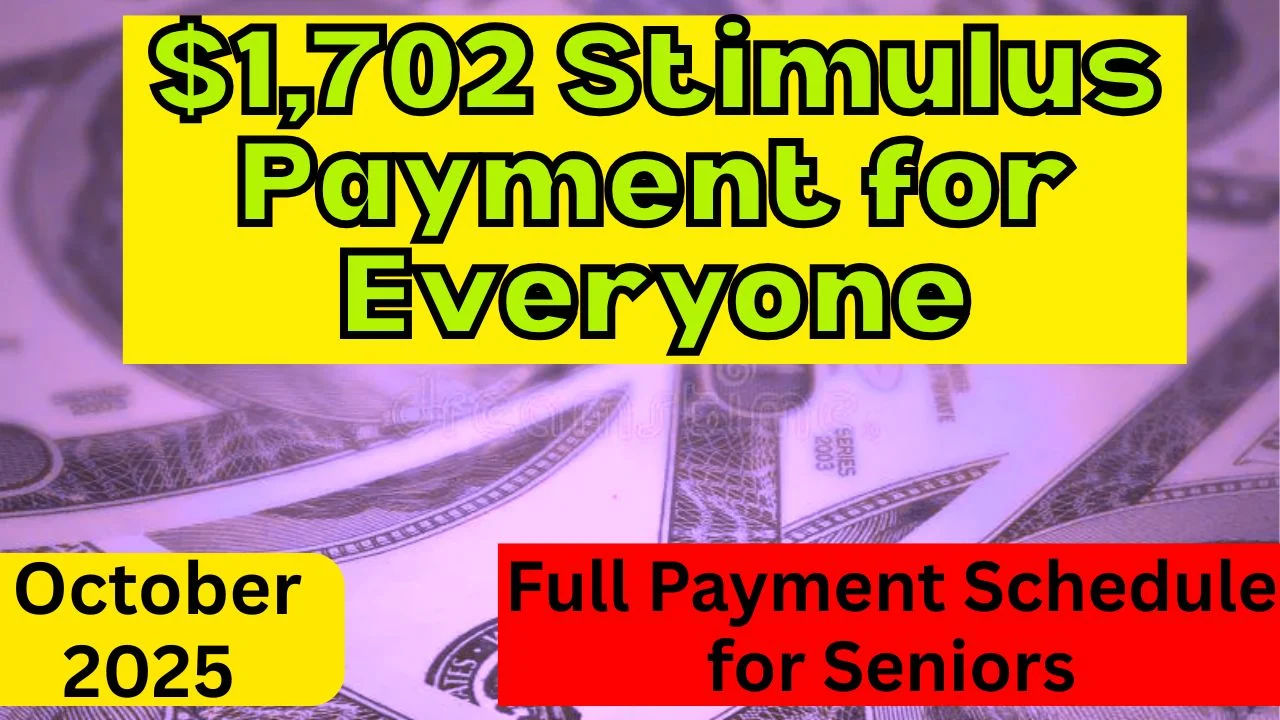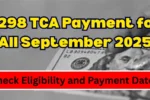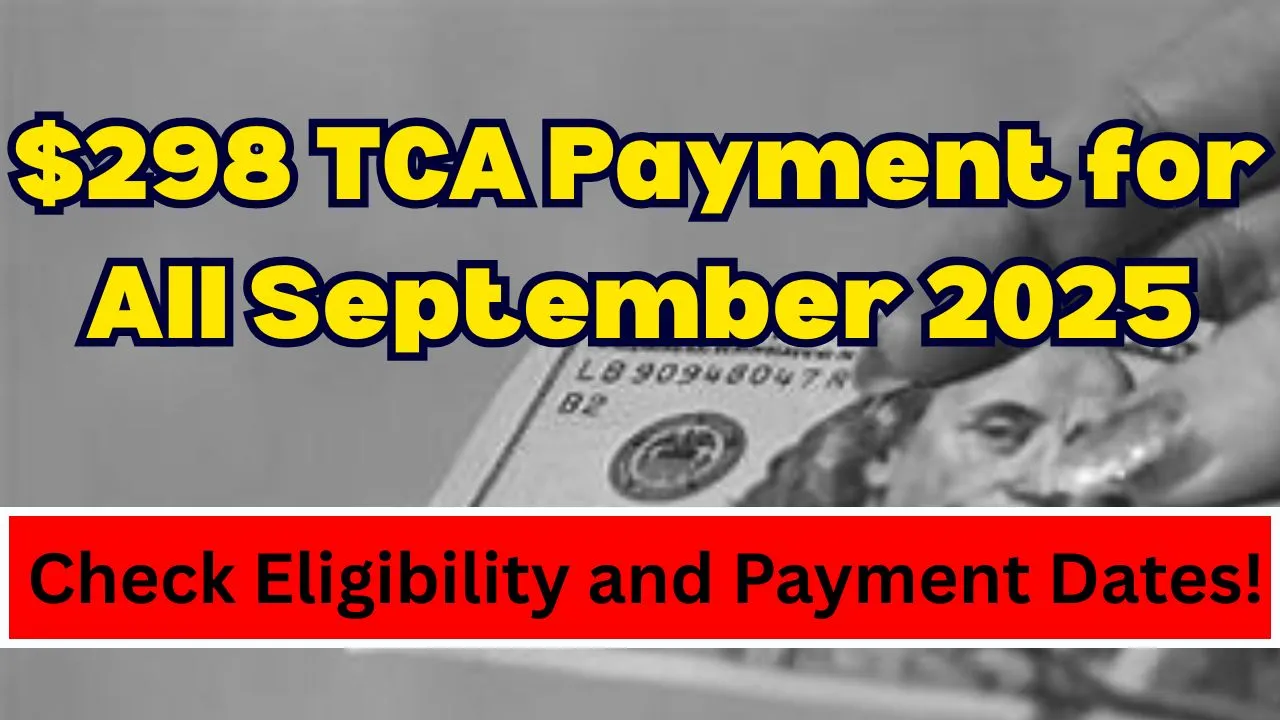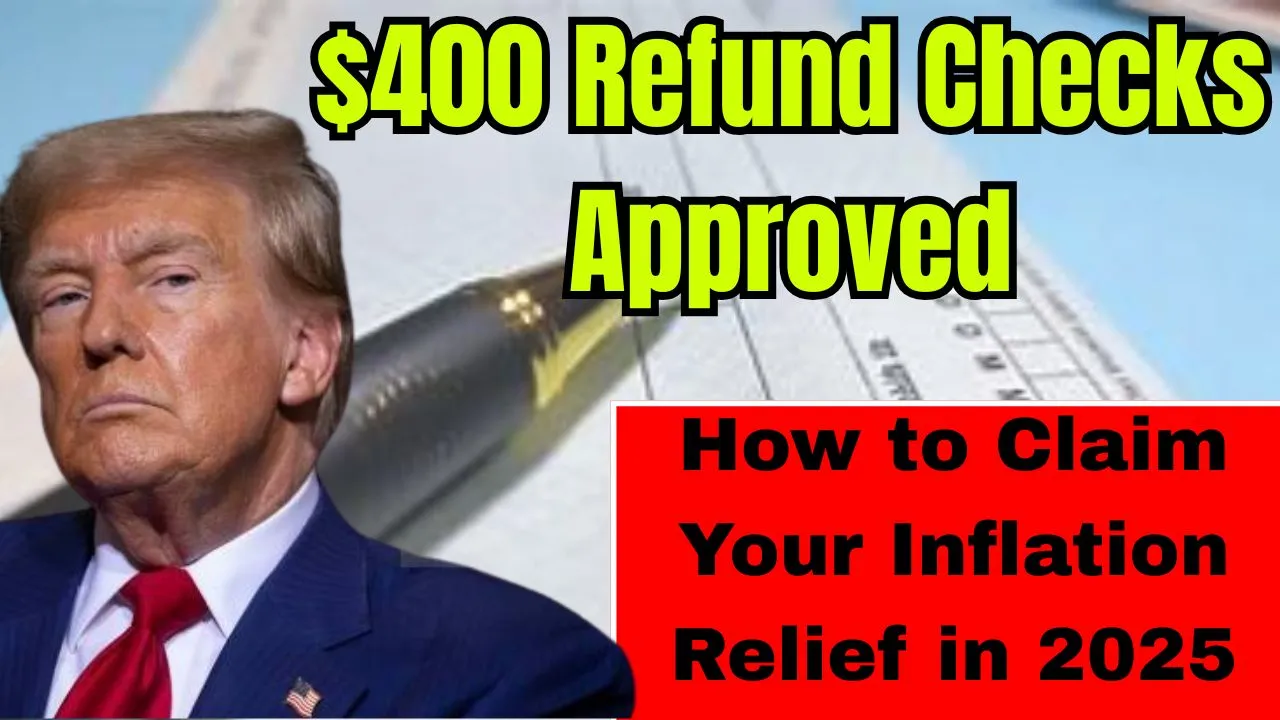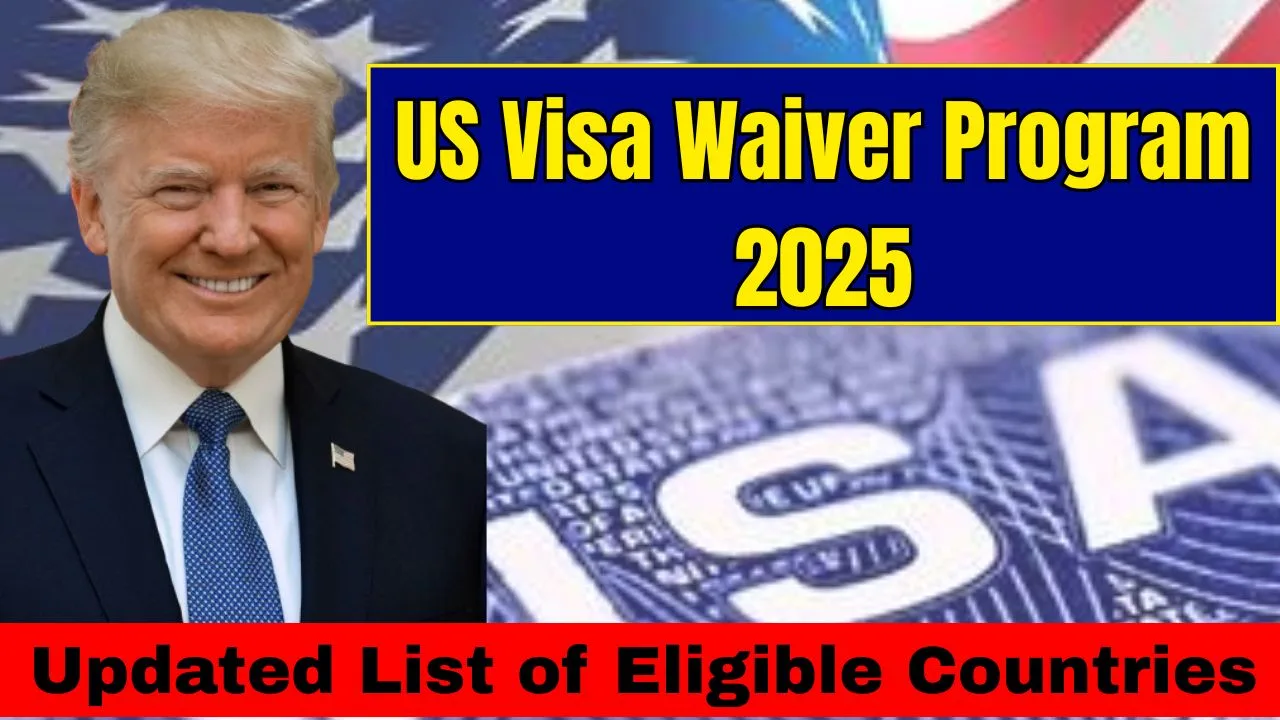The $1,702 Stimulus Payment is one of the most anticipated financial reliefs for Alaskans this year, and especially for seniors who depend on steady income support. If you’re living in Alaska and looking forward to this payout, you’re not alone. Every year, thousands of residents benefit from the Alaska Permanent Fund Dividend (PFD), and 2025’s check is bringing in some real buzz.
This time, the $1,702 Stimulus Payment includes not just the regular dividend but also an energy assistance bonus. In this article, we’ll break down exactly how much you’re getting, who’s eligible, when to expect your money, and how to make sure you don’t miss out. Whether you’re applying for the first time or just need a refresher, we’ve got everything you need to know.
$1,702 Stimulus Payment for Everyone – What You Should Know Now
Alaska’s 2025 PFD will provide a $1,702 stimulus payment to eligible residents. It’s split into two parts- $1,403.83 from the regular dividend and $298.17 as an energy assistance bonus. What makes this more than just free money is how it’s funded: directly from the state’s oil revenues, making it a sustainable benefit tied to Alaska’s economy. For seniors especially, this can be a real financial cushion at the end of the year when heating bills go up and holiday expenses hit. Timing, eligibility, and correct application are everything, so let’s get into the details.
Overview Table: October 2025 Alaska PFD Highlights
| Detail | Information |
| Total Stimulus Amount | $1,702 |
| Regular PFD Portion | $1,403.83 |
| Energy Assistance Bonus | $298.17 |
| First Payment Date | August 21, 2025 |
| Main Deposit Window | September 3 to September 18, 2025 |
| Other Payout Dates | September 11, October 2, October 23, 2025 |
| Application Deadline | March 31, 2025 |
| Tax Status | Taxable federally, not by the state |
| Who Benefits Most | Seniors, families, low-income households |
Payment structure and amount in 2025
This year’s $1,702 stimulus payment is broken into two clear parts: a regular PFD of $1,403.83 and an energy bonus of $298.17. These numbers aren’t picked out of thin air; they’re calculated based on Alaska’s oil profits and state investments. The energy bonus was added to help cover rising utility costs, especially in the colder months.
While some might look at this as just another government check, it’s much more than that. For many senior citizens and low-income households, it’s a critical financial relief that helps cover everyday expenses, from heating oil to groceries.
October 2025 Payment Schedule
If you’re waiting for the $1,702 stimulus payment, mark your calendar. Payments begin on August 21, 2025, starting with those whose application status shows “Eligible-Not Paid.” The big wave of payments will roll out between September 3 and September 18, and this is when most people will receive their direct deposit.
If you’re receiving your check by mail or through a late direct deposit, look out for payments on September 11, October 2, and October 23. Seniors who opted for direct deposit usually get their money first, so make sure your bank info is updated and accurate on file.
Key Eligibility Requirements
Not everyone qualifies for this payment, even if you live in Alaska. Here’s what you need to know to make sure you’re eligible:
- You must have been a full-year resident of Alaska in 2024.
- You must plan to stay in Alaska long-term.
- You must have been physically present in the state for at least 72 hours in 2023 or 2024.
- Absences over 180 days must be for approved reasons like education, military service, or medical treatment.
- If you’ve committed a serious crime or have multiple minor offenses, you may be disqualified.
- Applications must be submitted by March 31, 2025. No late entries.
These rules are strict, but they ensure that the funds go to true residents who contribute to and depend on the state’s economy.
Application process: What to do to get $1,702?
Applying is easier than ever. Here’s how to make sure you lock in your $1,702 stimulus payment:
- Visit pfd.alaska.gov
- Sign in or create your myAlaska account.
- Complete the form with personal details, proof of residency, and your bank info.
- Upload any necessary documents, especially if you were out of the state for a long time.
- Submit your application and keep your confirmation number handy.
Pro tip: Even kids need to apply separately. Every eligible person in the household must have their own application.
Why is there a delay in payment?
Even if you applied on time, there are a few reasons why your $1,702 stimulus payment might be delayed:
- Incorrect or outdated bank info
- Application submitted after the deadline
- Missing or wrong documents
- Not disclosing extended absences
Double-check your info when applying and follow all instructions closely. A small error can push your payment date by weeks.
Important information related to tax
Here’s the deal: Alaska won’t tax your PFD, but the IRS will. That means you’ll need to report your $1,702 stimulus payment on your federal tax return for 2025. If you rely on other benefits like Medicaid or Social Security, this payment could impact those thresholds, so talk to a tax advisor if you’re unsure.
What if the last date is missed?
Miss the March 31, 2025 deadline? Unfortunately, there are no exceptions. Alaska doesn’t allow late applications, no matter the reason. If you miss it, you’ll have to wait until next year’s cycle in 2026. Set a reminder and don’t wait until the last minute to apply.
Final Thought
The $1,702 stimulus payment is more than just a yearly check; it’s a benefit tied directly to Alaska’s rich resources and a valuable boost for seniors and families. Make sure you’re prepared, apply on time, and stay updated through official channels. Share this article with friends and family who could benefit too. And if you have questions or thoughts, drop them in the comments. We’re here to help you make the most of your benefits.
FAQs
It’s $1,702 total – $1,403.83 as a regular dividend and $298.17 for energy assistance.
Seniors using direct deposit will likely receive it first, starting as early as August 21, 2025.
March 31, 2025. Applications submitted after this date won’t be accepted.
Yes. The IRS considers it taxable income, even though Alaska doesn’t.
Those who haven’t lived in Alaska for the full prior year, exceeded absence limits without valid reasons, or have a disqualifying criminal record.
